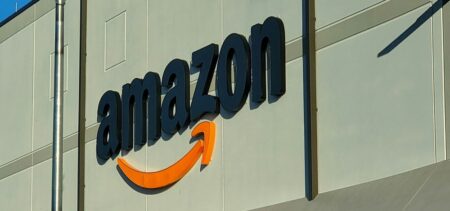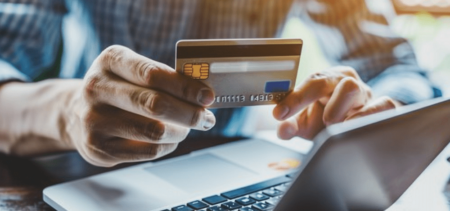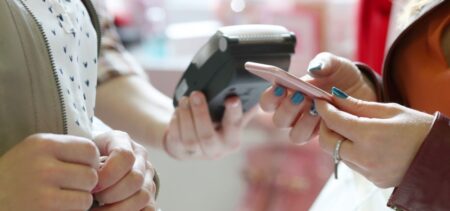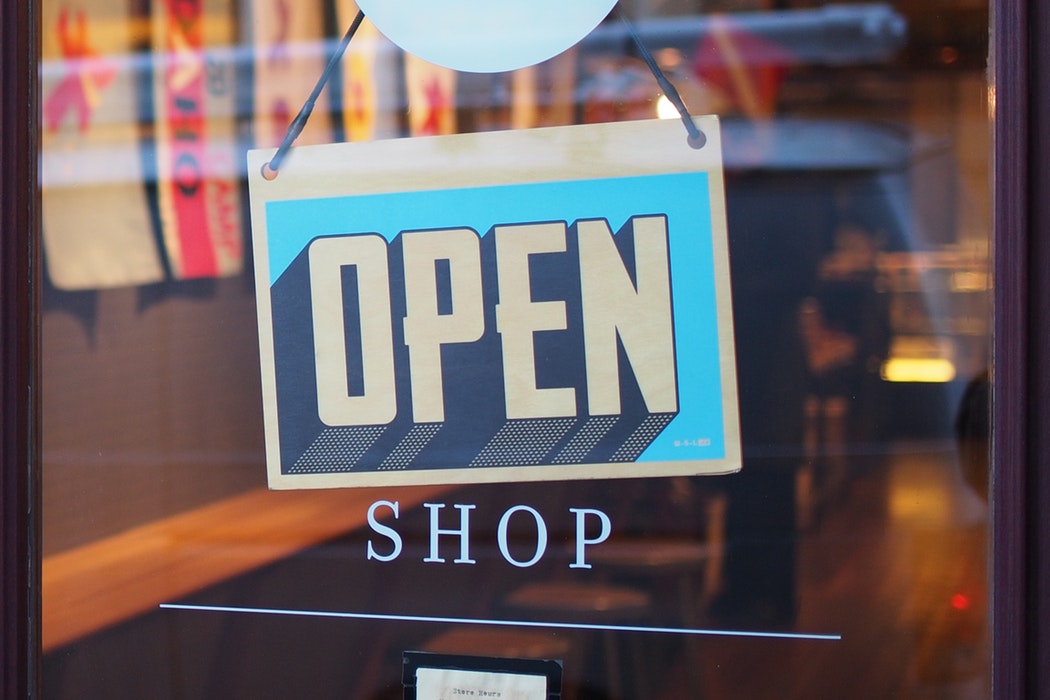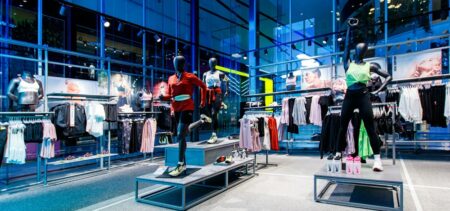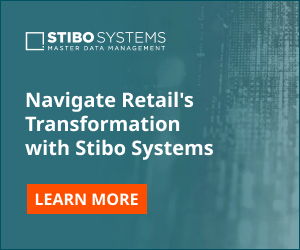The self-service checkout machines and kiosks are an automated alternative to the human cashier system that is in use for quite a few years now in the retail business.
Supporting various payment methods, these machines allow customers to go through the merchandise scanning, billing and payment processes without the need of staff assistance. They were designed for this purpose, although in practice there are many reports of errors or fails that end up on social media and determined some self-service withdrawal measures. The Australian chain Coles and Costco both dumped the self-checkout system, out of different reasons. If the Coles customers reacted to a repeated technical error, the Costco managers reportedly discovered that too many items were missing from the store due to this checkout method.
Are self-service checkouts a better concept than cashier-checkouts? Alternatively, is it that faulty technology undermines the entire concept? Even more, do customers appreciate or dislike the machine interaction instead of human interaction when checking out their purchased items?
Self-checkout as the retailers perceive it
Although the medium to long-term financial advantages may motivate many retailers, especially supermarket chains, to welcome this system, the implementation itself requires a large investment.
The technology has evolved compared to the moment the self-checkout first appeared and the best machines available are user-friendly and designed to be intuitive – and they also cost more. Since even one bad experience has the power to revert shoppers to the traditional human cashier system, retailers should choose wisely and be prepared for quite a considerable initial investment. The ROI can be equally rewarding, but there is a big “if” involved.
The idea of empowering customers in what scanning and paying for their merchandise is concerned comes with a preset model customer: one that interacts well with technology, moves relatively fast, likes to take matters into his or hers own hands and, in addition, is a honest person. Saving staff from cashiering activities in order to need extra security people watching the customers passing through self-checking doesn’t quite add up.
The reality may often contradict the expectations: some customers move slower, making the others inpatient and irritable; there are people who do not enjoy the self-service idea and it was definitely proven that the more dishonest types take advantage of the machines’ vulnerability to fraud. It is therefore clear that having self-checking machines could only come in parallel with the traditional cashier lanes for the moment, in order to offer a choice for those unwilling to interact with this self-service automated system.
How about some statistics? Well, it seems that 27 thousand such terminals reached clients around the world in 2012 and the estimated number for 2018 reaches 60 thousands, numbers that show that businesses around the world are receptive to this system and are willing to try it out.
Self-checkout as customers perceive it
Disgruntled customers today share their opinions all over the Internet. The UK shoppers’ reaction against self-checkout is already legendary and it has become subject for satire materials. The famous error “unexpected item in bagging area”, as well as the appalling times of waiting for the machine to be available or to process the items has determined the British to hate the system and praise the traditional grocery shopping system from America. The only good thing, mentions this source, is that self-checkout doesn’t try to sell customers unwanted items.
The benefits of self-service checkout machines or kiosks are not to be neglected either – if they are efficient, the process is faster. It is guaranteed to be quieter and some tired or busy customers prefer a neutral interaction to a soliciting human interaction. No need to say “Hello”, “Fine, thank you” or “Good Bye”.
As for the ethics issues, the staff that is no longer needed because self-service terminals are available for shoppers doesn’t need to raise the unemployment numbers – there are cases where they simply assist the customers differently, in a re-distributed equation.
Of course, dishonest customers quickly found ways of exploiting the lack of human presence during the checkout process, as we’ve already mentioned.
Nevertheless the majority of shoppers counts in giving the trend – and while the situation in UK seems to give a big thumbs down to this system (at least this is what prevails in the online environment), the global situation is yet undecided.
The Washington Post dealt with the self-checkout critics in 2013 by calling them simply “haters” – but their article does not leave out the technical issues that thwart the shoppers’ experience. Their bigger picture case holds that robots are better suited for the cashier job – as long as options remain open. Supplementing rather than replacing humans would be the way to go. Moreover, the technology should be flawless and continuously improved.
The most important providers of self-checkout terminals
The Global Self-Service Kiosk Market 2016-2020 report lists as key vendors Diebold, IBM, KIOSK Information Systems, NCR, and Slabb.
Diebold recently unveiled its contactless self-checkout system that combines the ATM capacities with the convenience of contactless payment and self-checkout service.
IBM highlights the usability, manageability and flexibility of its self-checkout systems, while NCR goes for “speed, convenience and control”.
Other prominent vendors mentioned in the above quoted study are Meridian, Outerwall, Phoenix Kiosk, Photo Finale, Rosendahl Conceptkiosk and TravelersBox.
The specialized producers and vendors compete in improving their products and correlated solutions. Apparently, as another source reveals, customers themselves demand the presence of self-checkout terminals in their quest for control and immediate service delivery.



